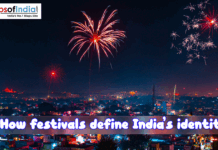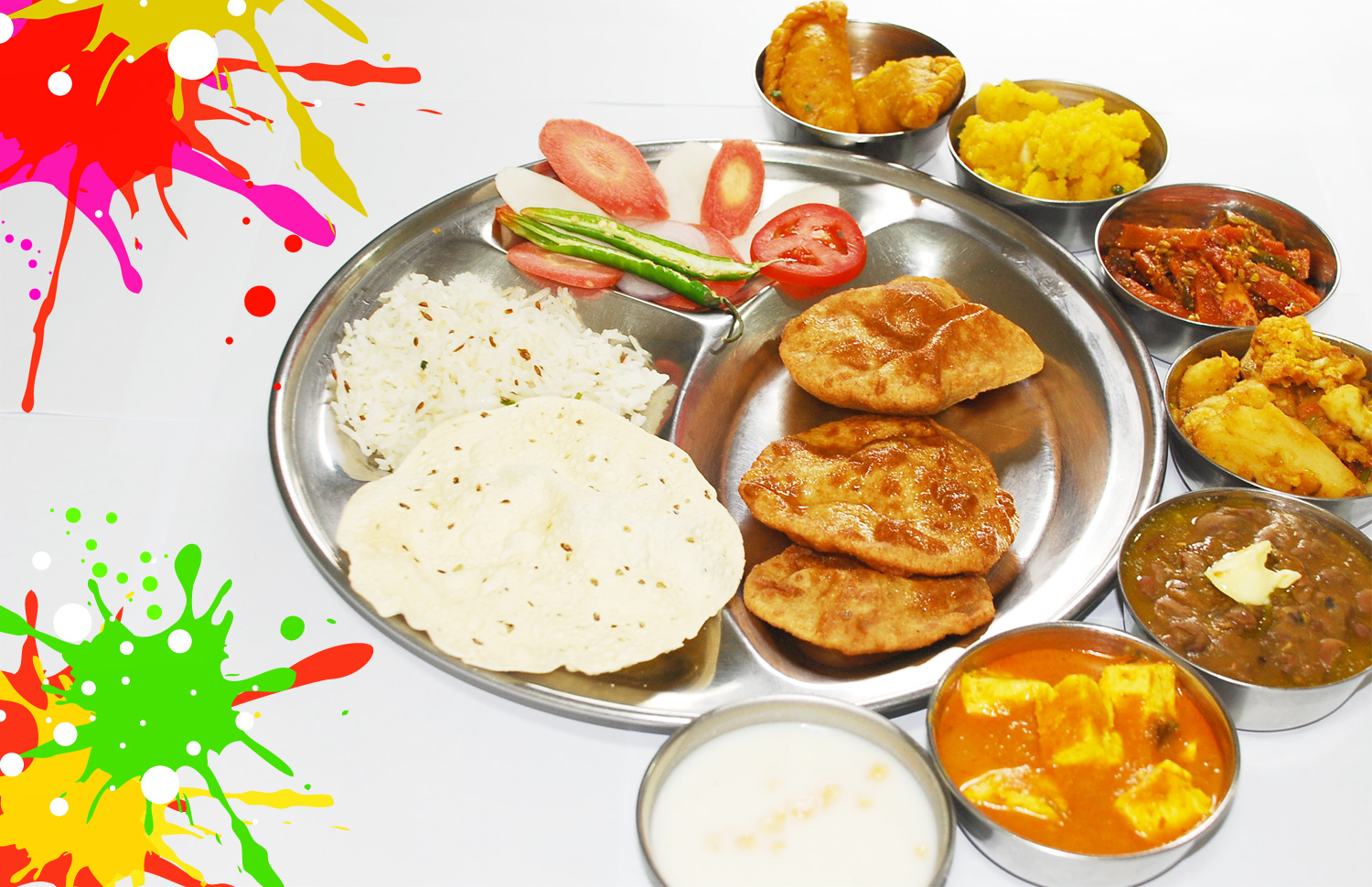Maha Shivaratri is celebrated with full passion in India and Nepal. Hindus especially the followers of Lord Shiva celebrate it with devotion. Like any other Hindu festival, Maha Shivaratri is not free from mythological stories. According to some of the stories it is the day when Lord Shiva drank poison. With this poison His throat turned blue in color and because of this He came to be known as ‘Neelkantha’. Some of legends correlate this day to the day when the Lord performed Tandava. Several communities celebrate Maha Shivaratri as a Birth of Lord Shiva in the form of Lingam and other as a day of His marriage with Goddess Parvati. But whatsoever may be the reason, Maha Shivaratri is a day to celebrate and remember God.
Devotees take holy bath and perform rituals related to purification and enlightenment. After taking bath they visit Shiva temple to offer prayer. Shiva Lingam is bathed with milk, curd, honey and water. Then leaves of Bel fruit, beetal along with datura are kept near the Lingam followed by smearing of Lingam with sandalwood paste. Devotees also observe fast. It is believed that if unmarried women observe fast with devotion then they will get a life partner as good as Lord Shiva.
Apart from the celebrations across India, Maha Shivaratri Fair is worth to visit.It is a seven days fair celebrated in Mandi, Himachal Pradesh. The fair is also regarded as an international fair because of its extensive publicity. Gods and goddesses from 81 different temples of nearby areas and about 200 deities from Mandi district are invited for the Fair. Because of this Mandi is also known as ‘Varanasi of Hills’. The main protector deities of the town are ‘Madho Rai’ (Lord Vishnu) and Lord Shiva of the Bhootnath temples.
Legend behind the fair- Raja Ajber Sen had started celebrating Shivaratri fair at Mandi about 300-400 years ago. He gave a name Madho Rai to the silver image crafted by him and gave him the status of the King of the Mandi. Ajber Sen then served the state just as a caretaker and as a servant to Madho Rai.
The fair starts on the day of Shivaratri which falls in the month of Feb/March every year. The village gods and goddesses are first decorated and then carried on chariots to pay respect to Madho Rai and the king. Brahmins and Kshatriyas are allowed to carry gods and goddesses on their back whereas people from some castes can carry them only in vehicles. They first pay homage to Lord Vishnu and then take part in the procession. Local people call this Shoba Yatra, Zareb. Madho Rai escorts the procession. He then visit Lord Shiva at the Bhootnath temple, the main location of the festival. These deities take part in the procession on the basis of their rank and status.
Apart from worshipping, the fair is equally important from the trade point of view. Local traders sell honey, ghee, wool and other such things.
A day before the closing day is celebrated with delight, music and dance. Deities are worshipped throughout the night by observing Jagaran.
On the concluding day, all the deities pay homage to Madho Rai and leave for their own abodes.




